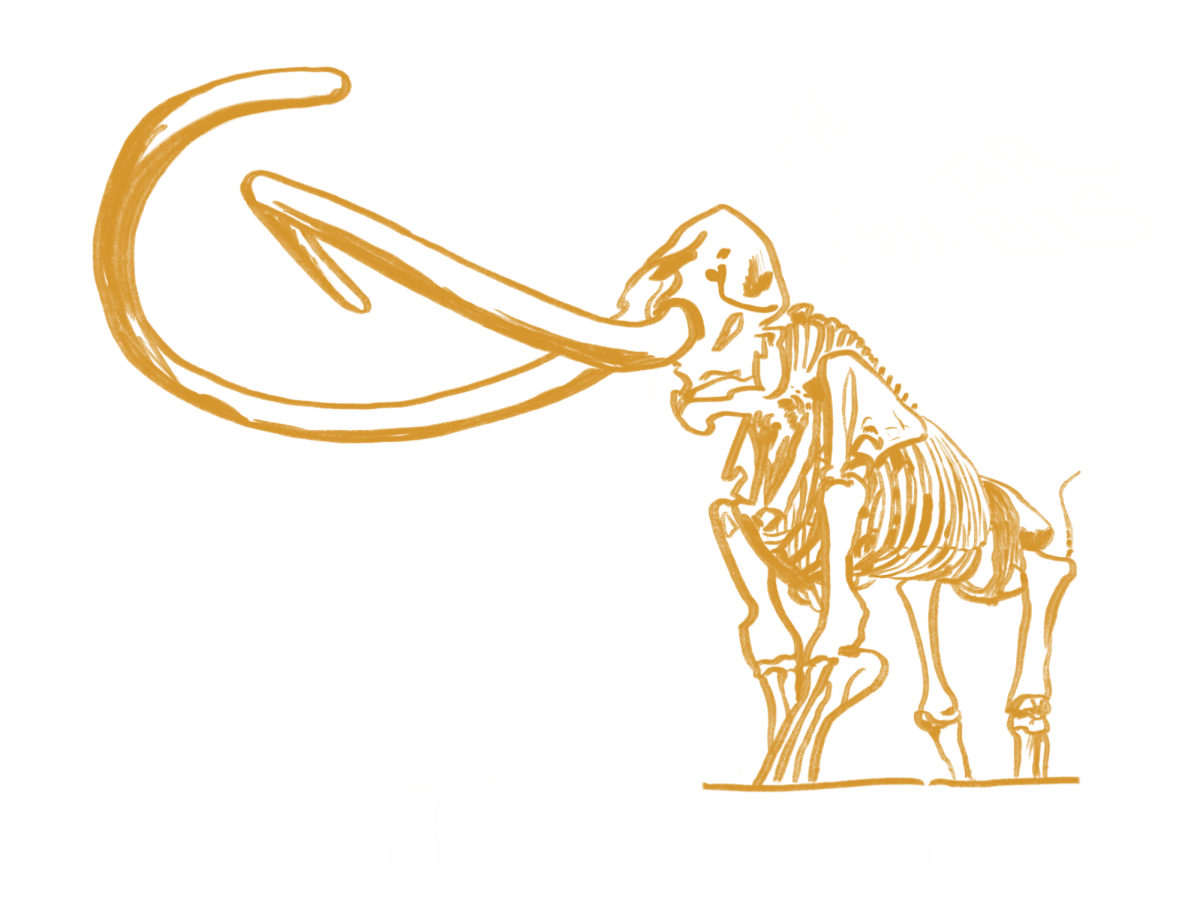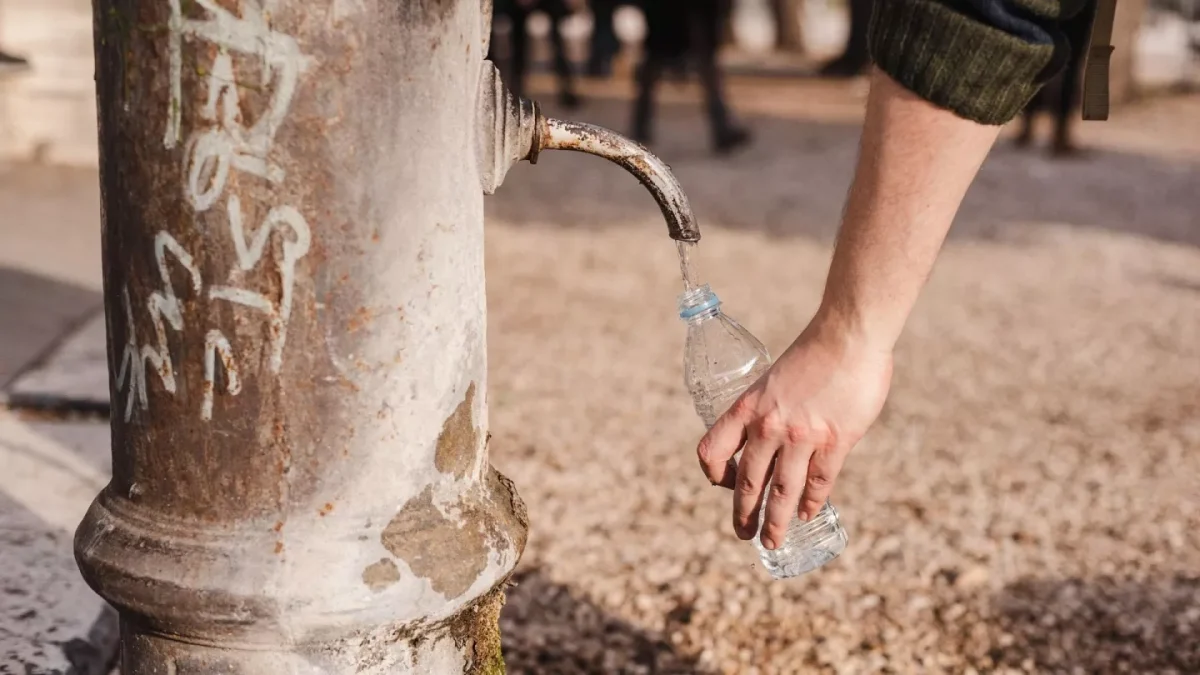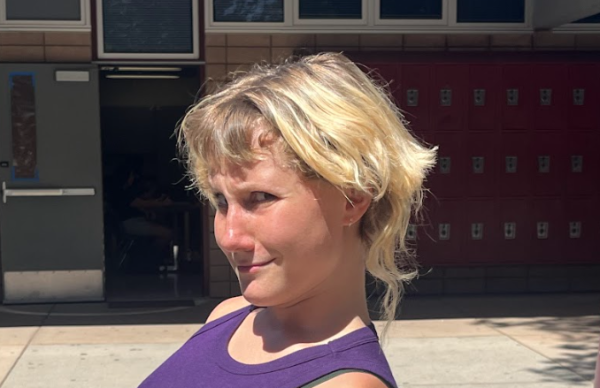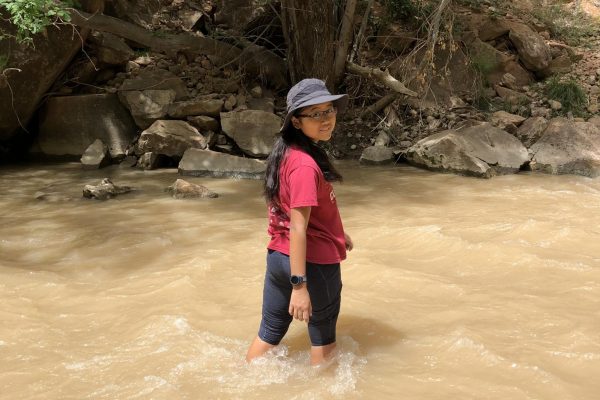Deep in LA is one of the only urban natural history sites found in the city: the La Brea Tar Pits. The La Brea Tar Pits is an active archeological site where the history of climate change and human environmental impact collide.
The tar pits were formed 50,000 years ago by a buildup of dead microorganisms called Diatoms, a type of algae with a glass-like silicate shell. This layer of dead organisms was pushed down by sediment and eventually became crude oil. Earthquakes along the San Andreas Fault caused cracks in the sedimentary layers, allowing asphalt to seep into the surface. These shallow, sticky pools would then become covered by leaves and waters. Unsuspecting animals would step into the waters to take a drink and accidentally become trapped in the asphalt and would eventually be fossilized.
Tens of thousands of years of fossilized history is trapped in the La Brea Tar Pits, which is how scientists know what type of animals have lived in this area. The tar pits are especially unique as fossil sites because of the volume of biological evidence trapped within them. Evidence that shows us how the LA Basin used to be a heavily wooded area populated by many different species of animals like horses, camels, coyotes, mountain lions, bobcats, and especially several different species of megafauna — giant animals. The megafauna of this area include giant sloths, big bears, wooly mammoths, dire wolves, and several species of giant cats!
It’s hard not to wonder why the megafauna have disappeared. Who wouldn’t want to cuddle with a giant sloth or be chased by a really big bear? It sure sounds better than being stuck on the freeway. The answer: climate change, drought, and humans with their voracious need for fire.
What happened? A 5-degree Celsius warming trend over 1,000 years led to big droughts. The woods began to dry up, creating perfect conditions for wildfires. Humans then came into this environment with the great invention of fire. 95 percent of fires in this time period were created by humans while only 5% were created by lightning strikes.
In the LA Basin, there are a few lakes that have helped scientists reach this conclusion. They took a cross-section of the lakebed and found that there was more ash in the years after humans moved into the region. Prior to human habitation, the ash content was significantly lower. The scientists lined this information up with the fossil records from the tar pits and found that there was a high correlation between fires and extinctions.
This would link human habitation to megafauna extinctions. However, humans and their fire obsession were not the only reason. As the drought took hold, the plants started dying. That created a diminished food source for the herbaceous megafauna like giant sloths and wooly mammoths. As their populations disappeared, so did the apex predators. They could not survive off of small animals like rabbits, mice, voles and gophers. Animals like coyotes, mountain lions, and bobcats persist in the fossil record because they can survive off of smaller mammals.
Human activity and drought did not just impact the fauna of this region; it also impacted the flora, because Southern California is not an oak and pine forest. After the drought and the fires, the environment changed greatly from a wooded area to our more fire-adept landscape: the chaparral.
The La Brea Tar Pits are important because they can show us what impact humans have had and what impact humans can have. History shows that humans will always have an impact on the world surrounding us.












